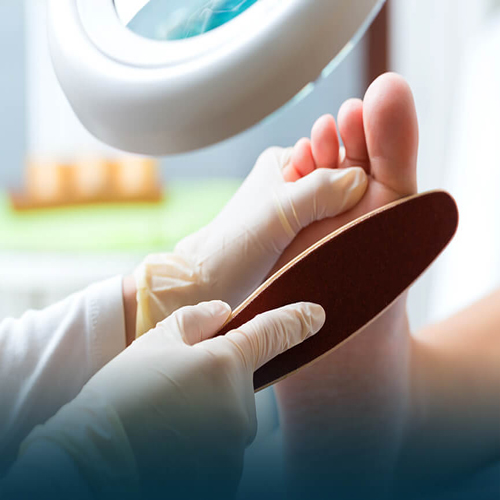Diabetic Foot Care
Foot care is particularly important if you have diabetes. Foot problems are a common complication of this condition. Your feet can be affected in two ways. Blood supply may be affected, resulting in slower healing. You may also lose some feeling in your feet due to nerve damage. A person whose nerves are damaged by diabetes may not realise they have minor cuts or blisters, which can lead to ulcers.
Foot problems can be avoided if you take care of your feet and act quickly when you have a problem. Get your feet checked at least once a year by a doctor or podiatrist to detect problems early and help prevent complications.
Circulation in people with diabetes
Poor blood circulation can affect the blood supply to your feet. When this is reduced, cuts and sores may not heal. An early sign of poor circulation to the feet may be pain or cramps in the backs of your legs when walking.
Circulation problems can be caused by hardening or narrowing of arteries as they become clogged up. Common causes include:
High blood fats
Raised blood glucose levels

How to improve circulation for people with diabetes
Suggestions to improve your blood circulation include:
Control your blood fat levelsKeep blood glucose levels as close to normal as possible
Don’t smoke. Smoking causes spasm and narrowing of blood vessels. Smokers have more heart attacks, strokes and circulation problems than
non-smokers
Exercise daily. A brisk walk will help keep the blood flowing around your body
Daily foot care
Suggestions to help prevent foot problems in people with diabetes who suffer from neuropathy or vascular disease include:
Check your feet daily for signs of swelling, redness or heat – these may be signs of infectionWash your feet daily and dry well between the toes
Use methylated spirits if there is a lot of moisture between your toes
Moisturise dry skin, especially cracked heels (for example, with sorbolene cream) but not between the toes
